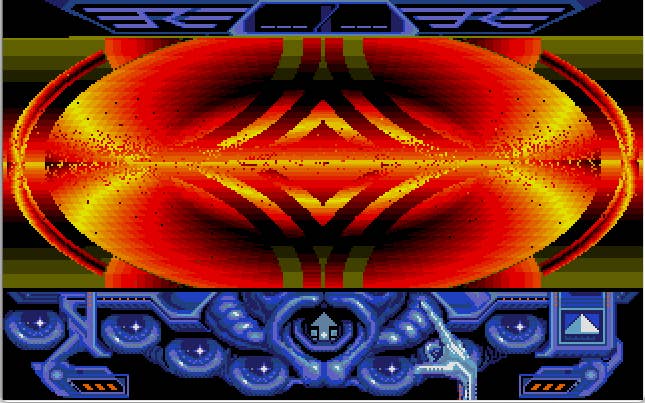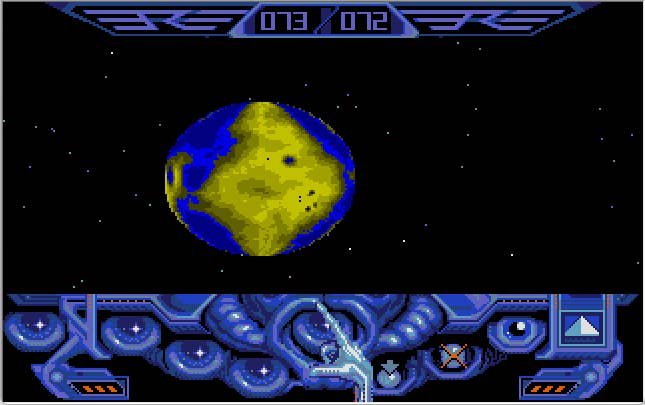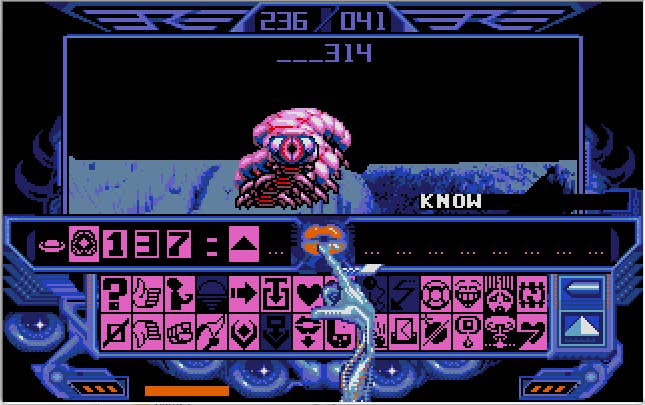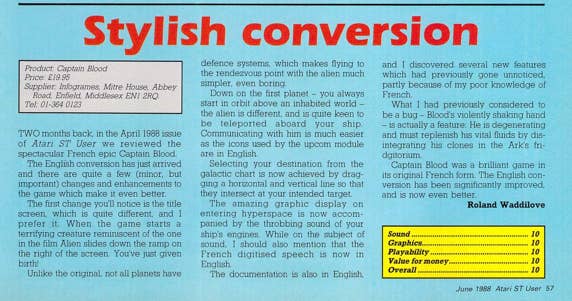The galaxy is a big place.
There’s just one problem: you have no idea what they are saying.
It sounds like the premise of that weird indie game you’ve got on your Steam wishlist.

But it isn’t.
This is the plot of Captain Blood, the huge hit of 1988 from French publisher ERE Informatique.
And like many games of the time, it began life as a tech demo.

These worlds are represented by a scrolling landscape and canyon.
Finally, months later, Morlok is ready to test his new game.
“I liked the icon-based language, such as ‘Me love you’ and ‘You beautiful you strong’.

In Captain Blood, there are 16 sentient alien races.
Within each race, individuals often have their own characteristics.
Handling the conversation so that Blood gets information on further coordinates is imperative.

However, the aliens don’t always give the same answer - frustrating, maybe, but realistic.
One evening, we showed him Captain Blood in his recording studio in Chatou.
He loved it.”

Music samples, even in disk-based games, were rare at the time due to the memory they occupied.
Ulrich and Bouchon shortly received a telex from Jarre’s publisher, confirming the rights.
Aesthetically, Captain Blood has two stark cinematic influences.

“H. R. Giger inseminated a generation with the seed of an extraterrestrial monster,” smiles Ulrich.
The accompanying story booklet cements this association further, referencing the ‘Nostromo affair’ and ‘old Rippley dame’.
Captain Blood enveloped the lives of those behind it, taking almost two years to develop.

“We were in perpetual creation - the sky was not the limit,” says Ulrich.
“Development had no end, and neither did the game.
But Christmas was coming, and we were tired.

Didier was at the end of his tether, working day and night.
We had to say stop.”
Ultimately, Captain Blood debuted in the Spring of 1988 to high praise from all quarters.

Without doubt, Captain Blood is one of those," proclaimed Mark Smiddy inside Atari ST User magazine.
“The graphics are breathtaking, and the digitised music superlative.
Even the scenario sounds like a plot from a Larry Niven science fiction bestseller.”
An incredible 10/10 score was the result, a tally echoed by the English language version two months later.
“After its release, people called me up and spoke to me in Bluddian,” laughs Ulrich.
“And I’ve even seen players use the sounds of icons to express themselves.
“It’s been mind-boggling.